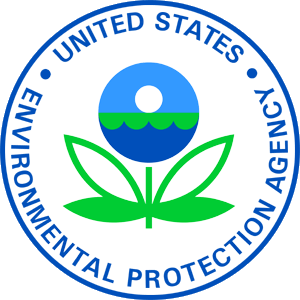U.S. EPA Issues New SNUR for CNTs
The U.S. EPA has issued significant new use rules (SNURs) and record keeping requirements under the Toxic Substances Control Act (TSCA) for 55 chemical substances that were the subject of pre-manufacture notices (PMNs). Included within this direct final rule was functionalized carbon nanotubes (CNTs; generic).
The EPA concluded the following are significant new uses that represent a significant concern for human health or environmental effects:
- the use of CNTs without impervious gloves where dermal exposure is expected
- manufacturing CNTs for uses other than as thin films for electronic device applications
- manufacturing, processing or using CNTs in a form other than a liquid
- use of CNTs involving an application method that generates mist, vapor or aerosol except in a closed system
- use of CNTs that results in release to surface waters or disposal other than by landfill or incineration
The rule becomes effective July 15th, 2016 and requires manufacturers, importers or processors of CNTs (functionalized) for an activity that is designated a significant new use to notify the EPA 90 days before commencing activity.
Included in the SNUR was recommended testing to be completed by manufacturers and/or processors of CNTs to help characterize their health and environmental effects:
- Fish early-life stage toxicity test (OPPTS Test Guideline 850.1400)
- Daphnid chronic toxicity test (OPPTS Test Guideline 850.1300)
- Algal toxicity test (OCSPP Test Guideline 850.4500)
- 90 Day inhalation toxicity test (OPPTS 870.3465)
- Two-year inhalation bioassay (OPPTS Test Guideline 870.4200)
- Surface charge by electrophoresis (ASTM E2865-12 or NCL Method PCC-2)
Currently the EPA is open to receive comments on one of more of the SNURs included in the direct final rule. If the EPA receives adverse or critical comments before June 15th, 2016 it will withdraw the relevant sections of the direct final rule. Comments can be made here.

